Peel-and-stick tile is one of the best materials you can use to bring your kitchen or bathroom into this decade. Home improvement novices rejoice: This adhesive-backed plastic or vinyl squares that mimic the look of tile are extremely simple to install because you don’t have to worry about dealing with mortar, grout, or any other messy substance required for traditional tiles.
The peel-and-stick version might be innovative, but if you’re not using the real thing, can your decor end up looking tacky? It’s a fine line to toes, which is why we’re here to help you weigh the benefits and drawbacks of peel-and-stick tile.
Types of Peel-and-Stick Tile
Peel-and-Stick tile, like traditional tile, comes in a variety of materials. One way to choose the right tile for your home is to think about the material you want to feature and go from there.
- Vinyl: Made with foam or plastic backing, this tile tends to be the cheapest on the market, starting at $8 for a set of eight panels.
- Metal: Yup, it’s real lightweight metal (usually aluminum) with a sticky adhesive. This tile will run about $16 for a package that covers 1 square foot.
- Glass: This glossy style offers a more glamorous look. Antique mirrored glass ($25 per square foot) will open up your kitchen and make it look more spacious.
- Stone: get the look of a real slate backsplash without having to deal with messy grout or mortar. Home Depot has some great options for about $15 per square foot.
- Gel: Faux ceramic or glass tiles are made from a 3D gel material. High-quality brands like Smart Tiles and Aspect will set you back about $6 to $12 a piece. Fancy a white subway tile backsplash? It’s typically made of gel.
Advantages of Peel-and-Stick Tile
They’re great for renters, provided the material is removable. They’re also far less difficult to install than traditional tile which requires hours of time and lots of materials. All you have to do is measure the space, peel off the backing, and stick the tile sheet to the wall. If you’re looking for a quick update at a good price, a peel-and-stick backsplash fits the bill.
Disadvantages of Peel-and-Stick Tile
When it comes down to it, peel-and-stick tile isn’t the real deal, which, some decor experts believe, can make it look cheap. The thinnest peel-and-stick kits won’t give you any of the depts you’d see with real tile or brick. Of course, you can pay for higher-quality kits, but the price can run up to $25 per square foot.
Another potential downside? The adhesive, especially on renter-friendly tiles that are meant to be removed, can wear down, especially in a kitchen where there’s a lot of moisture. Unless it has a permanent adhesive, anything peel-and-stick might fall off the wall or do damage to the surface behind it. And if you plan on moving in the near future, think twice about using peel-and-stick tile for a DIY backsplash.
Today’s buyers are savvier and much better at spotting cheap, quick fixes. if potential buyers see a peel-and-stick backsplash, they might wonder about other corners you’ve cut in the home.

